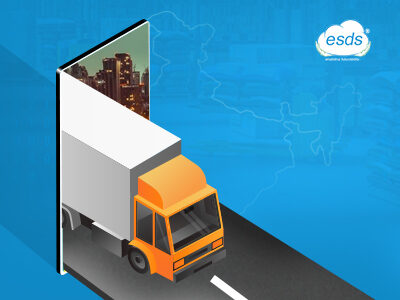Digital Transformation In Logistic Industry: Where Does India Stand?
Logistics as a sector of any economy is like the veins in the human body, various body parts will start suffering if the veins are affected in one way or the other. Now, considering the logistics sector then it has certainly been hit hard by the pandemic. The resultant butterfly effect is certainly visible in the form of the performance of the Indian economy amidst the pandemic. The conclusion for the same can be drawn from two different reports.
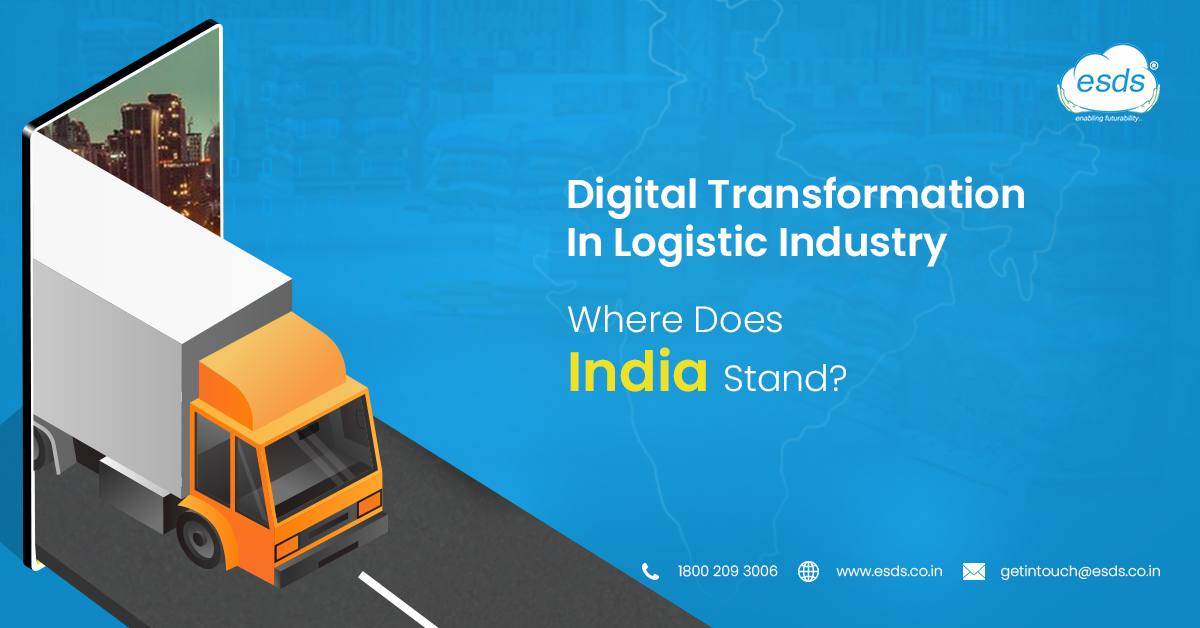
First, there was a survey by McKinsey Global Institute (MGI) in 2019 which predicted the expansion of the Indian Logistics sector at a CAGR of above 10% from 2020 to 2025, but post-pandemic the situation seems to be unfavorably changing for the sector, which as per a recent report by UK-based research firm Technavio is almost 8%. Amidst all this, the need of the hour is a complete overhaul with the digital transformation of the Indian logistics industry. The next question that arises then is, where does the Indian industry stand when it comes to digital transformation in the logistics market in the country? To understand it first, we need to understand the sector status in detail.
So, let us consider in detail the Indian Logistics sector in terms of its present situation and the road ahead.
The present state of Warehousing & Transportation
Warehousing and Transportation are two crucial functions of the logistics sector and pandemics have impacted both on a large scale. This has created major hurdles and challenges in forecasting the demand, assigning specific capacity, and allocating products across various sectors and regions.
When it comes to warehousing then decisions related to inventory management need to be well planned and sophisticated even on good or normal days. In the present times maintaining and ordering proper quantities has become more difficult because the conventional estimating techniques of the process are now proving to be of no use. As even decisions of experienced buyers of purchasing raw material may turn out to be of less worth in the completely altered world scenario. Amidst all these major obstacles most of the organizations are mainly working on trimming their product list to make some space in their warehouses. The situation does vary as per the essentialness of the product in short, every producer needs to be before time or have leisure time for when it comes to keeping inventories.
Most organizations have even started questioning the need for large regional warehouses and are setting up smaller warehouses. What they are missing out though, is a plan for a proper and scheduled digital transformation of the warehousing process. To minimize human interference and depend more on the data for forecasting the need in a better and errorless manner is another factor.
Nation-wide lockdown is one phrase that every Indian looks at or thinks of like bitter medicine that no one wants to reconsider taking. The transportation sector during the peak stage of the pandemic and even after the easing of the severity has suffered due to the restricted movement of goods. As per a report by Bloomberg, truck rentals have increased by 56 to 74 percent mainly due to the reducing number of drivers amidst the pandemic. Due to all these reasons, the overall sector will need to be open to various options including a complete or partial digital transformation in transportation and logistics, and act nimbly for the same.
But, before that, we need to understand the major hurdles or bottlenecks in the sector. That caused major hindrances in the overall business and required digital transformation in the logistics market in India.
Major Bottlenecks
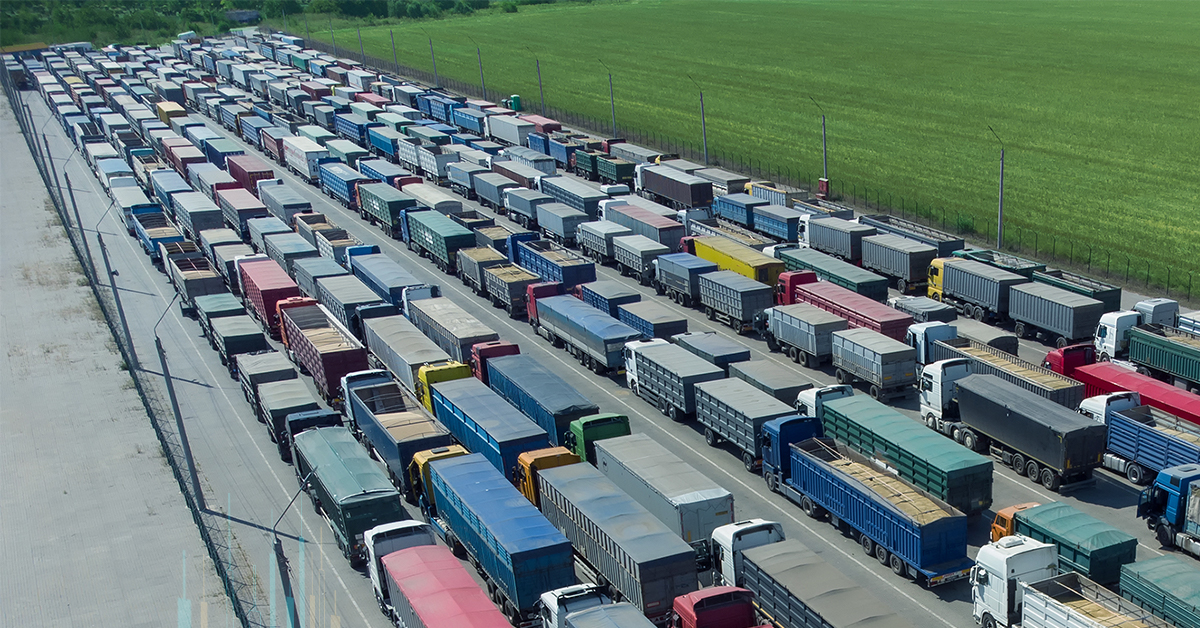
The logistics sector does have some internal and some external bottlenecks. Internal factors are the inability of most of the logistics enterprises or sections to use the best of the practices along with the lack of coordination between warehousing and transportation. The major external pain points of the sector are an extreme shortage of drivers, the overstrained Indian highways, and the limited number of transport companies utilizing technology or updating it in time.
Amongst all the hurdles or pain points, the one thing that the organizations or logistic enterprises can do is a plan for the appropriate amount of digital transformation in the process. As with proper technological adoption not only the internal process of both the factions of the logistics process will be streamlined but the coordination between the two will also improve. The next question now is, whether the digital transformation in logistics in India needs to boost up in the present scenario and if the answer is yes, then what all steps and tools will be needed to do so?
Digitization: the need of the hour in Logistics
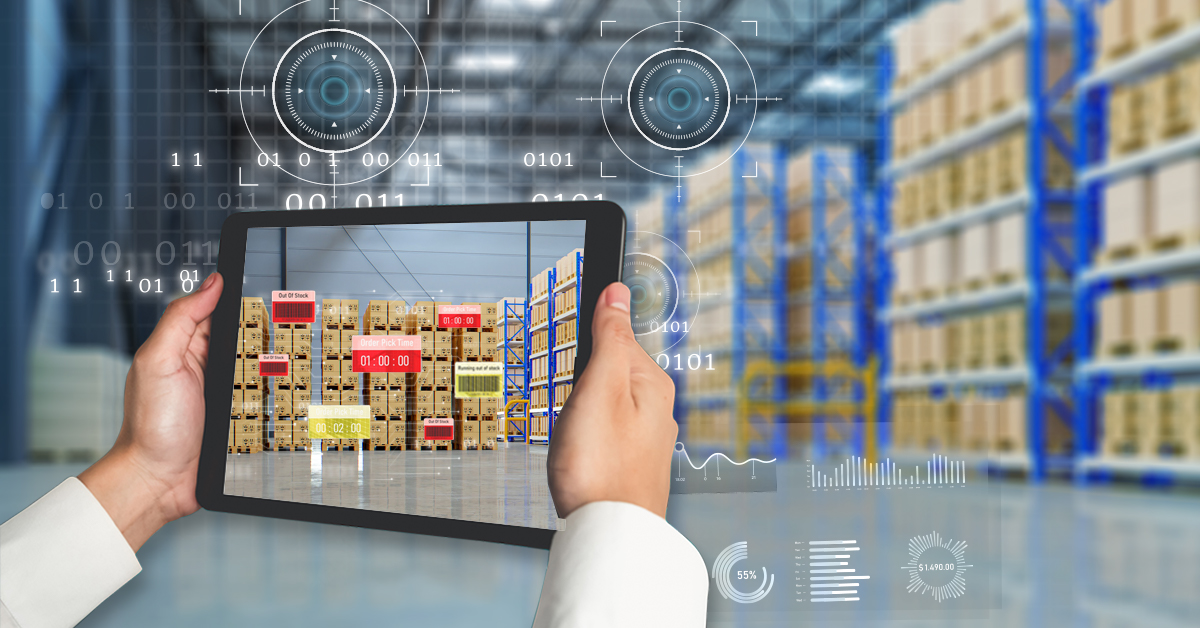
The Pandemic has highlighted the flaws of the logistics system in India. To overcome these flaws as mentioned earlier, digital transformation in the logistics sector is one of the major steps that the industry needs to consider. This digital transformation in logistics though incorporated by some major players of the industry, but the number is still very minute. The pandemic has made it clear that agility and technological refinement should be the prime focus of the logistics industry not only to be the front runner in the race but also for mere survival in the overall business scenario.
This is tricky not just for the small players but even for the major players of the logistics sector. Considering all these pointers the larger and the successful companies in digital transformation can consider moving forward with advanced technologies like AI, ML, IoT, and others as solutions, similar to one provided by ESDS Software Solution Ltd. to the present problems. For example, with the rising importance of data, information and data sharing will have a key role in streamlining the overall business.
Digital Technologies & Tools that add value in the overall logistics journey
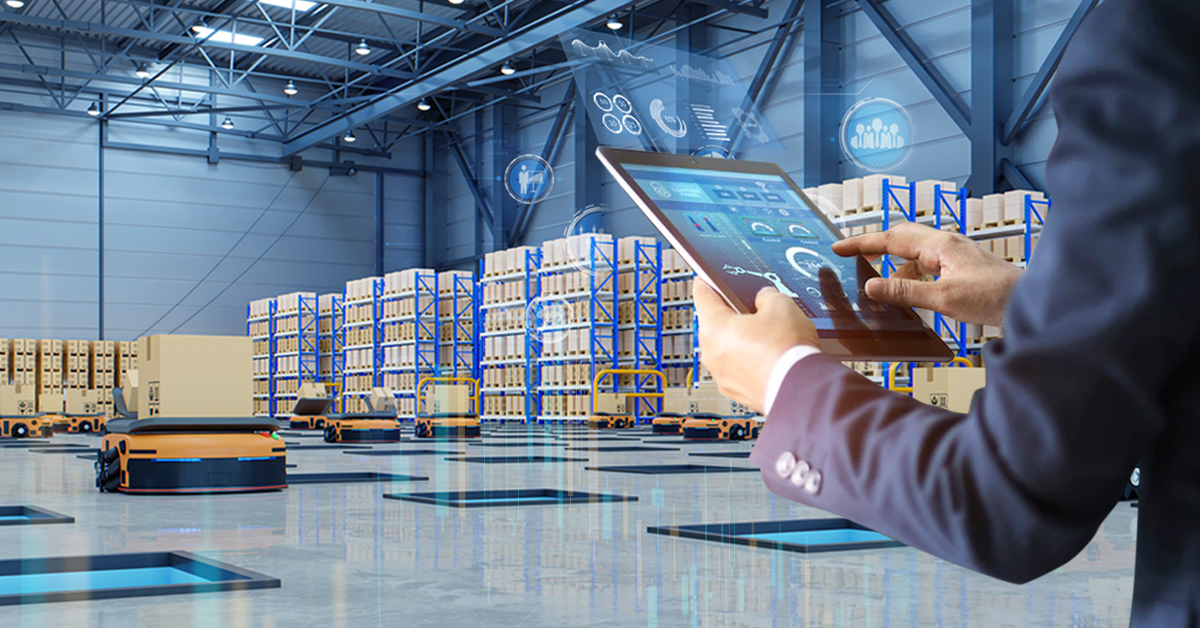
Various technologies are being used across the world that has aged in years which are overhauling the logistics sector. The following technologies still are infant when it comes to the digital transformation in the Indian logistics sector.
Cloud-Based Solutions brings all the major IT operations on one platform. With options like ESDS Software Solution Ltd. impaneled cloud services the operations become more seamless and unified.
Unified Platforms or logistics eMarketplaces to buy and sell logistics services
Telematics with live GPS feed to digitally monitor cargo and vehicles.
Process Automation gives real-time responses to the sudden changes in the logistics networks due to unforeseen circumstances.
Live Replanning for complete tracking of supply chains and integrating them in the organization’s IT system.
AR Devices for improving pickup rates by integrating data with the customers’ field vision.
Mobile Robots in Warehouses for error-free and on-time shipments.
The above digital transformation technologies will not only reduce the costs of logistics but also enable organizations to provide better services and give more room to other functions.
The right way forward for digital transformation
The Indian logistics sector is already taking some steps towards Digital Transformation but those have been taken mostly by the big players of the logistics arena that too by the ones based overseas. Organizations in the IT sector like the ESDS Software Solution Ltd. are trying hard to provide the best possible support to the supply chain with the provision of solutions like the eNlight Internet of Things Platform. Along with it, the relaxation in the regulations by the government of India has further boosted the overall process of Digital transformation in the logistics sector of the country. Finally, as various logistics organizations are innovating the way of operations by accepting and altering through new technologies, the possibility of the required Digital Transformation in the logistics sector of India seems to be visible in the near future.
